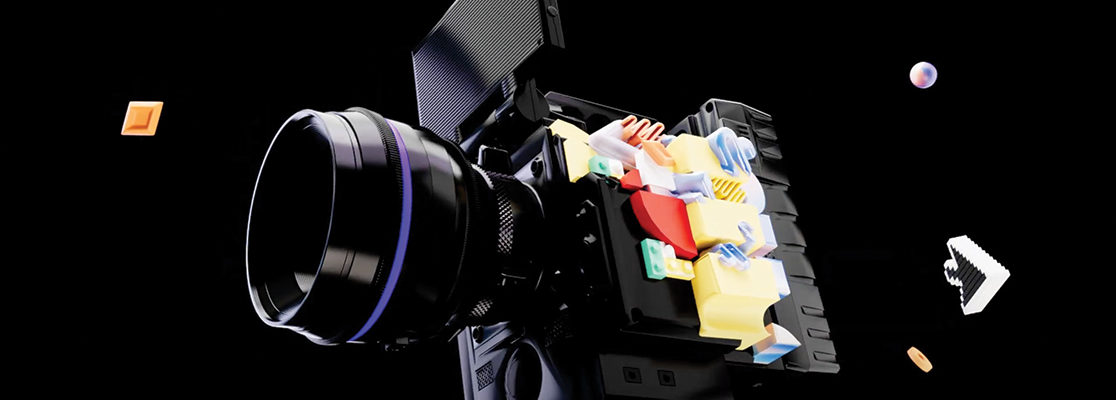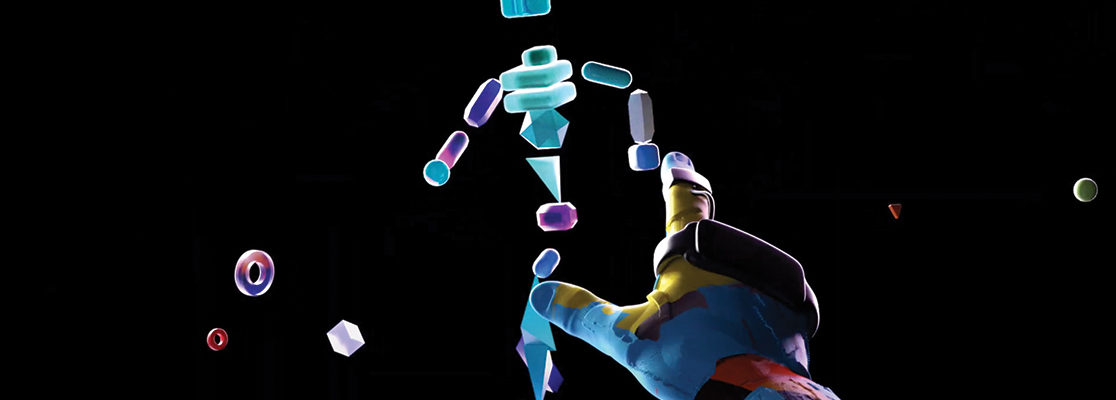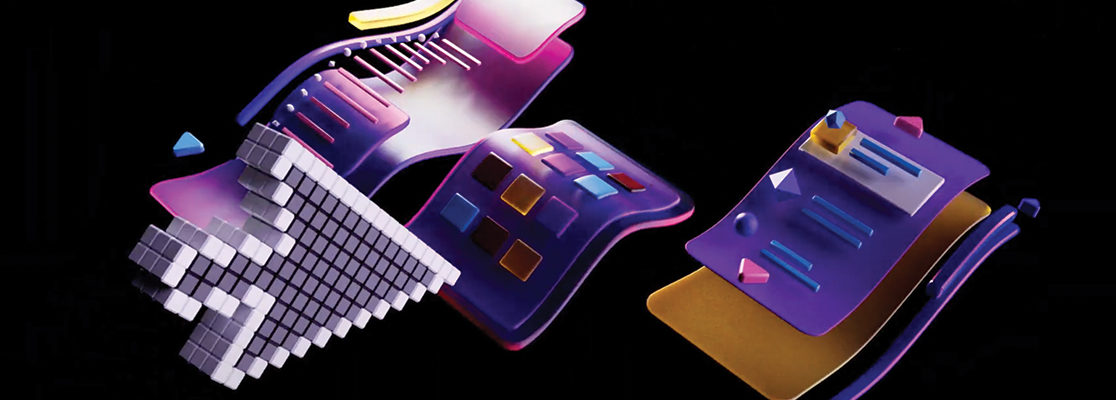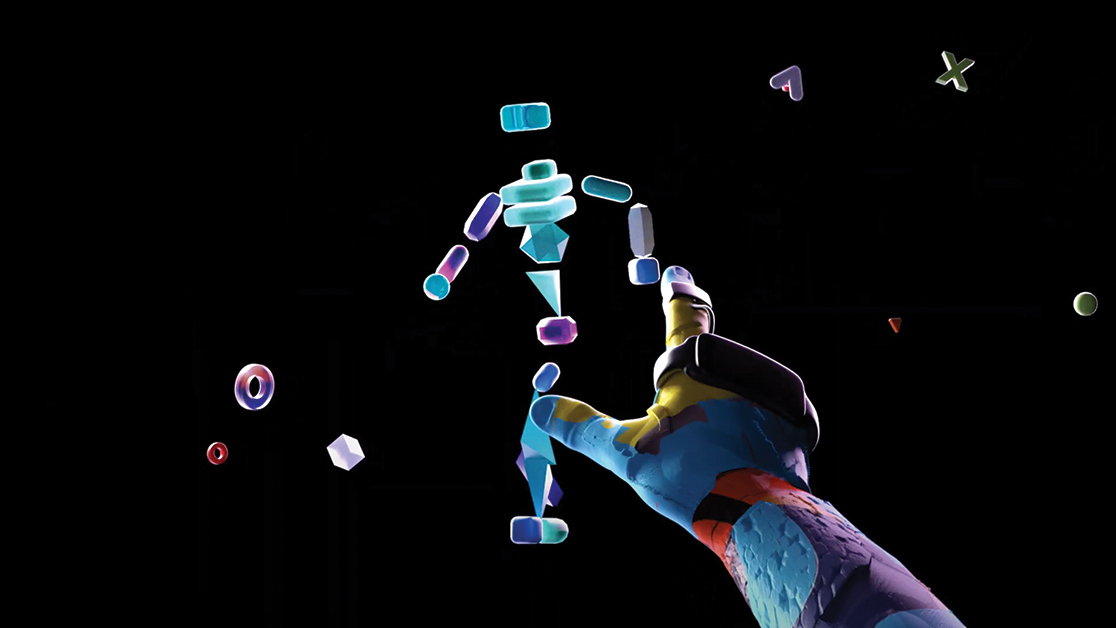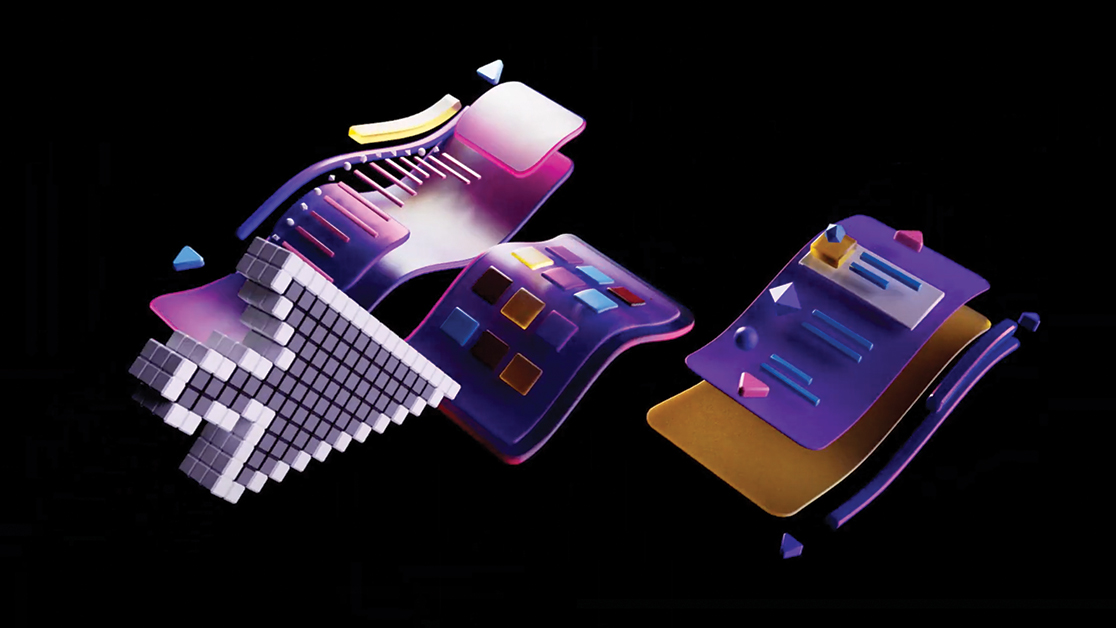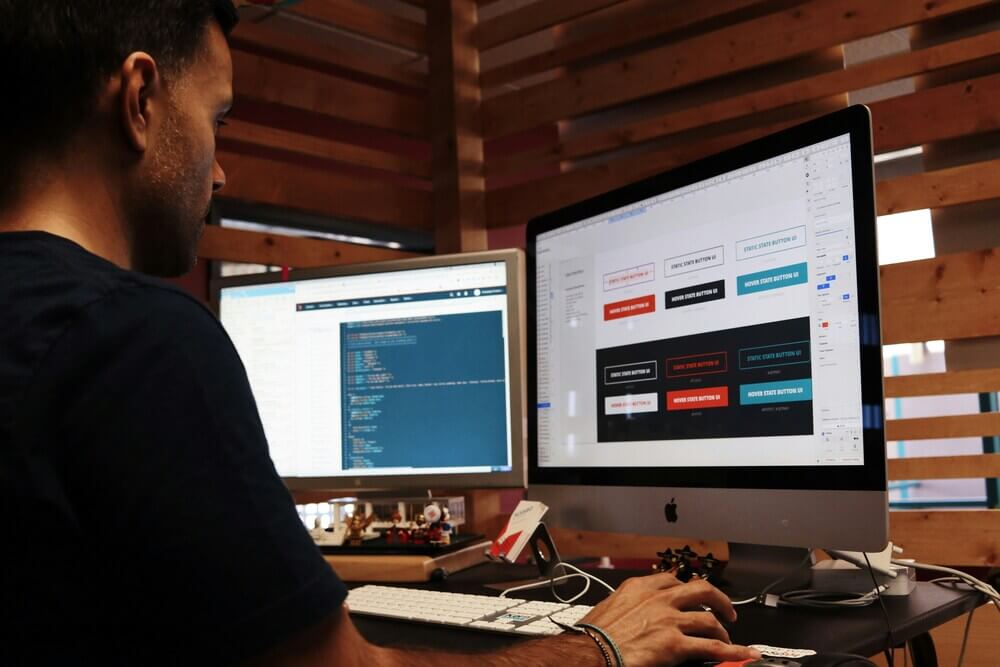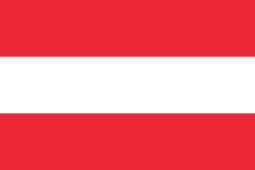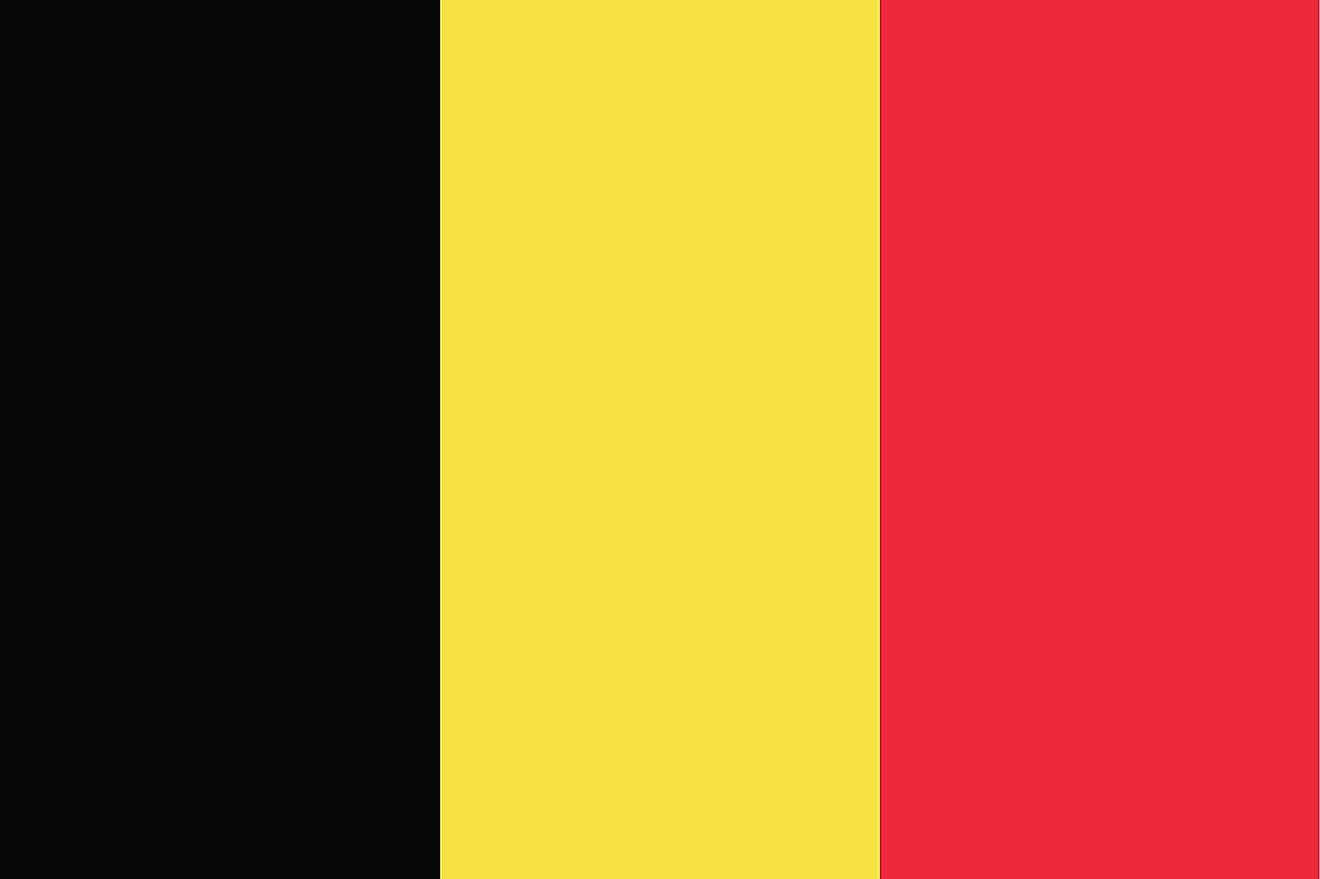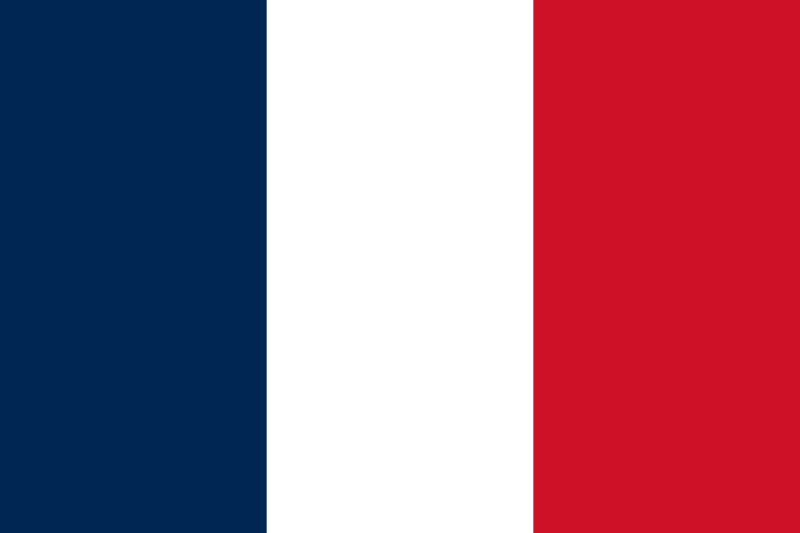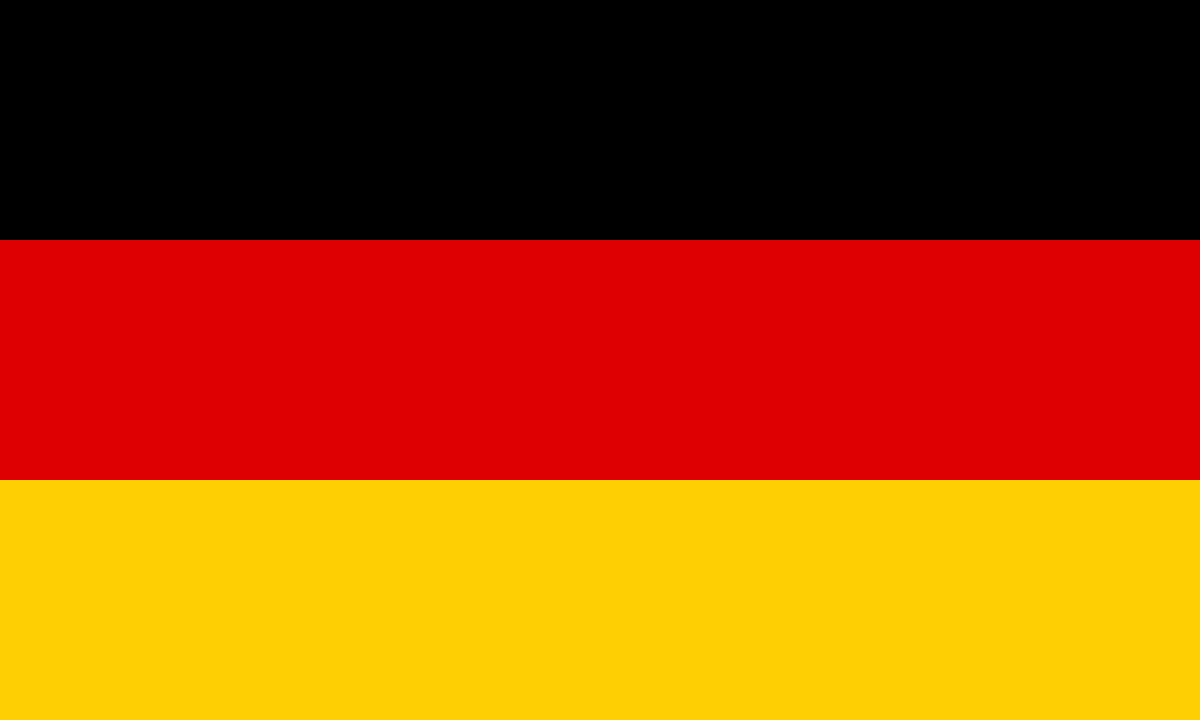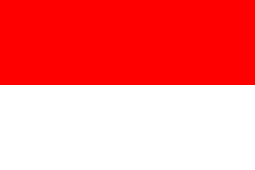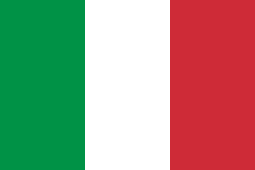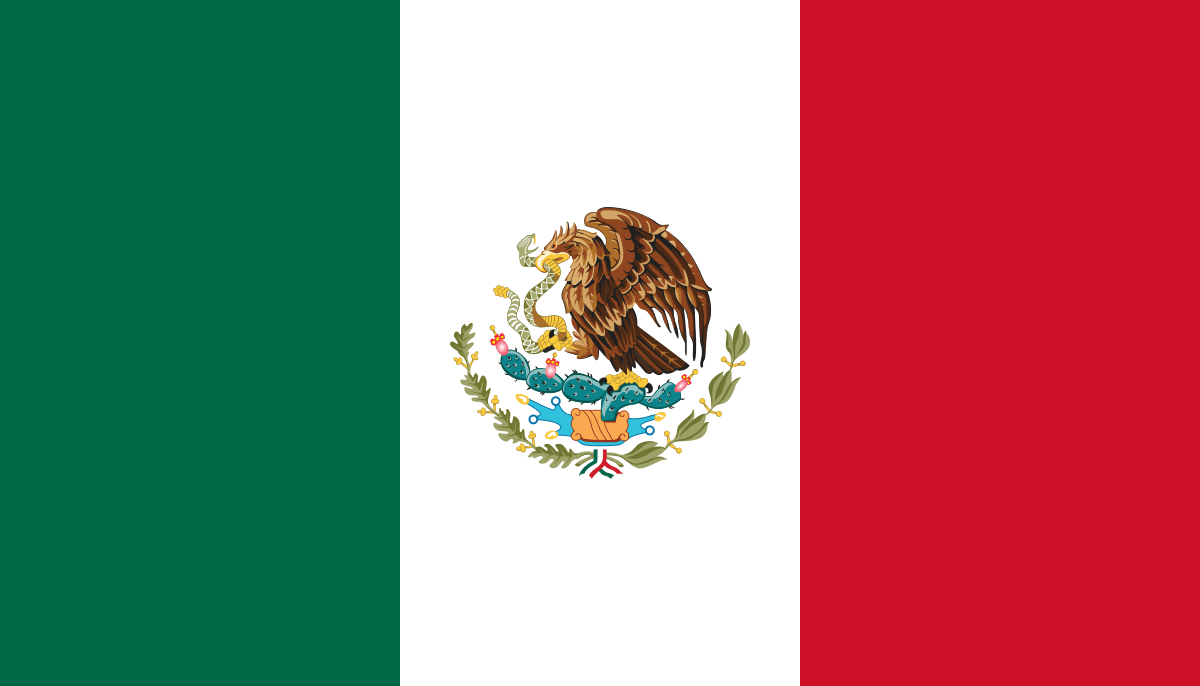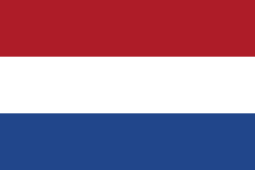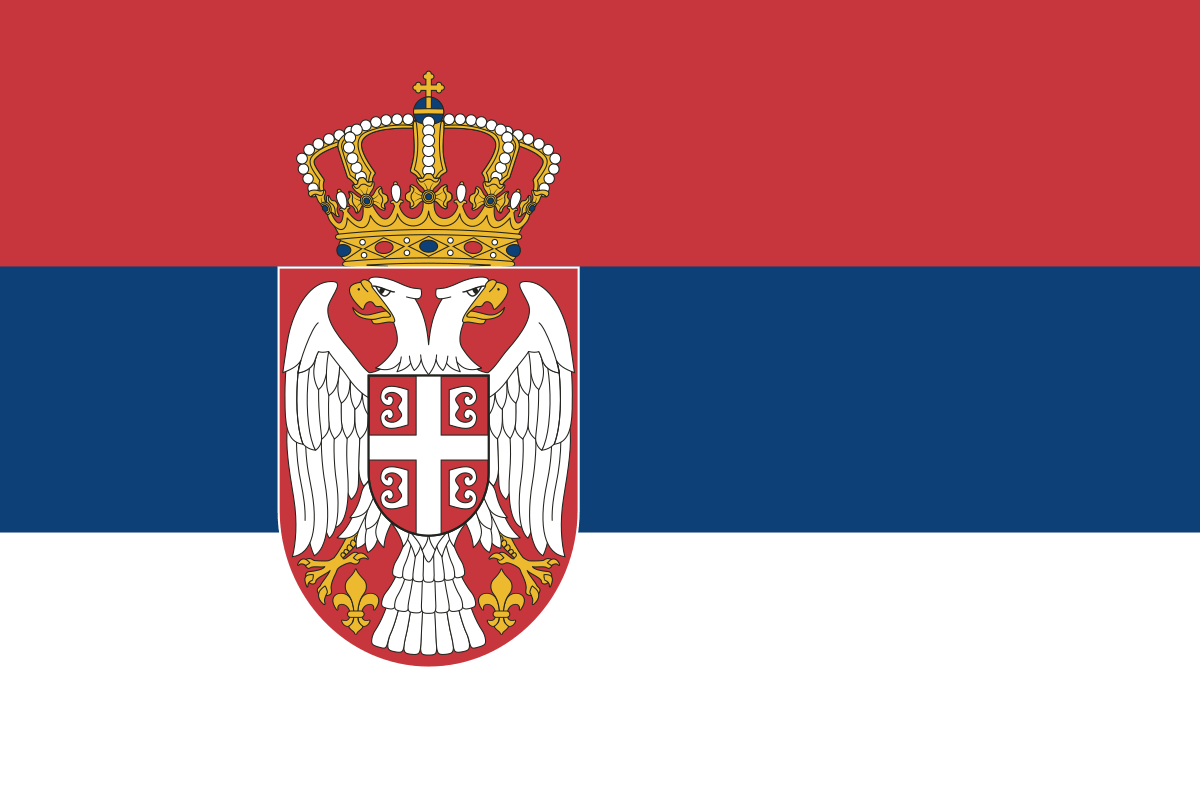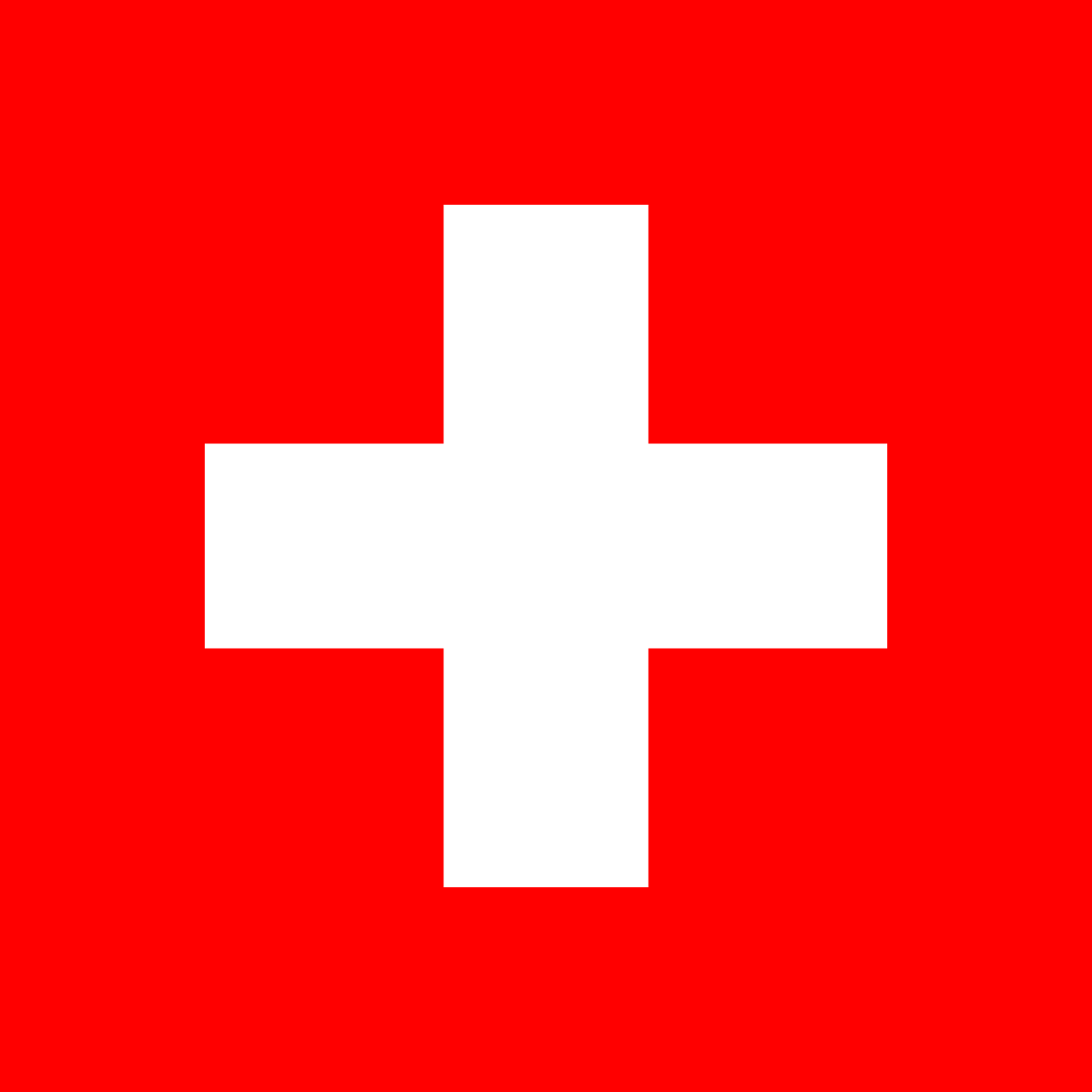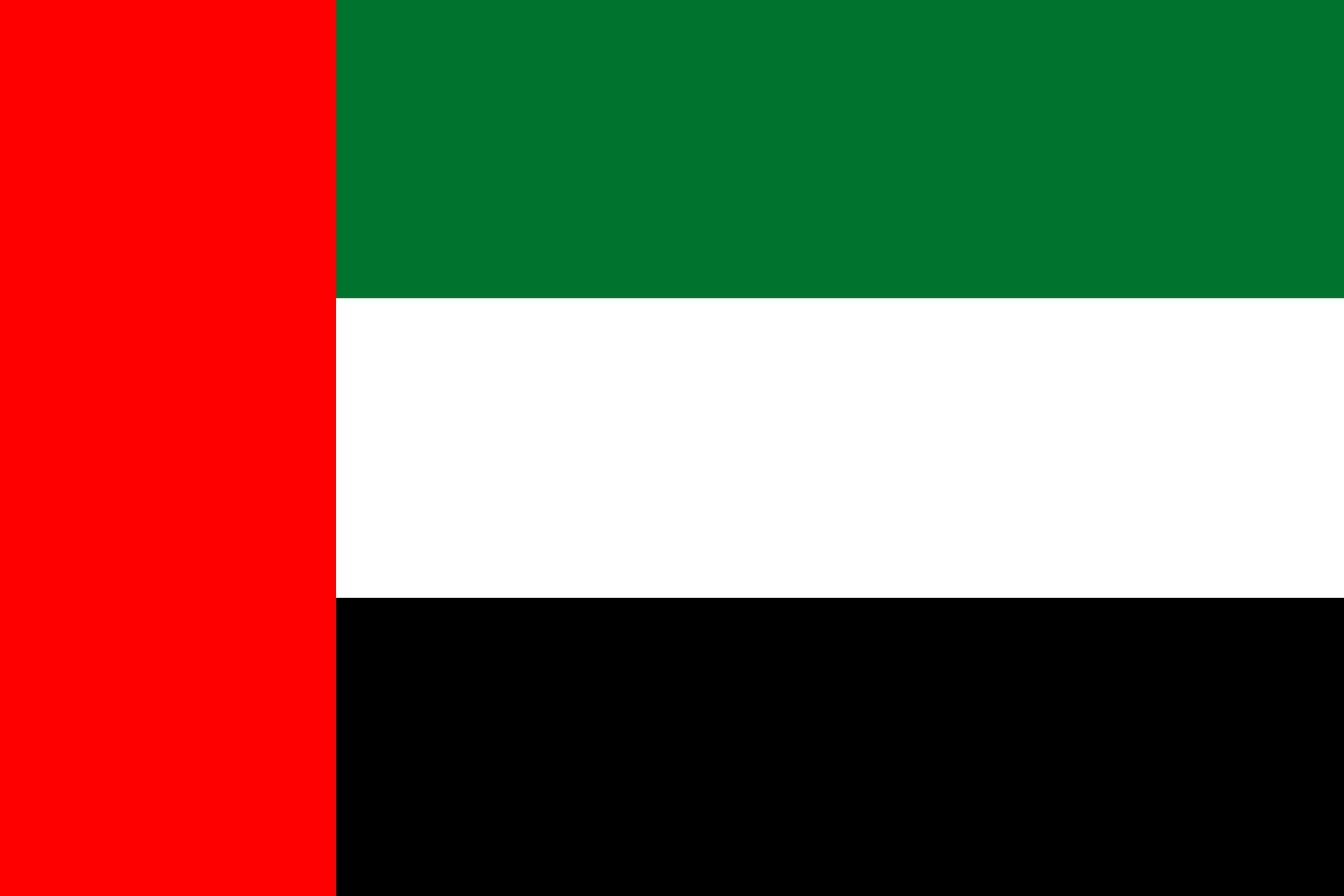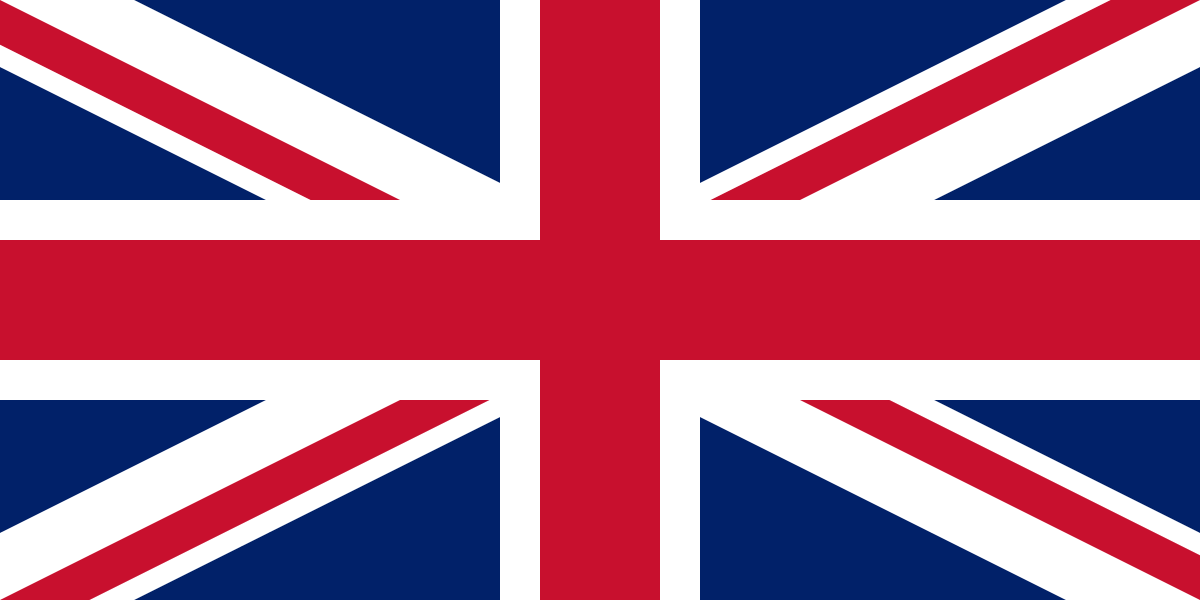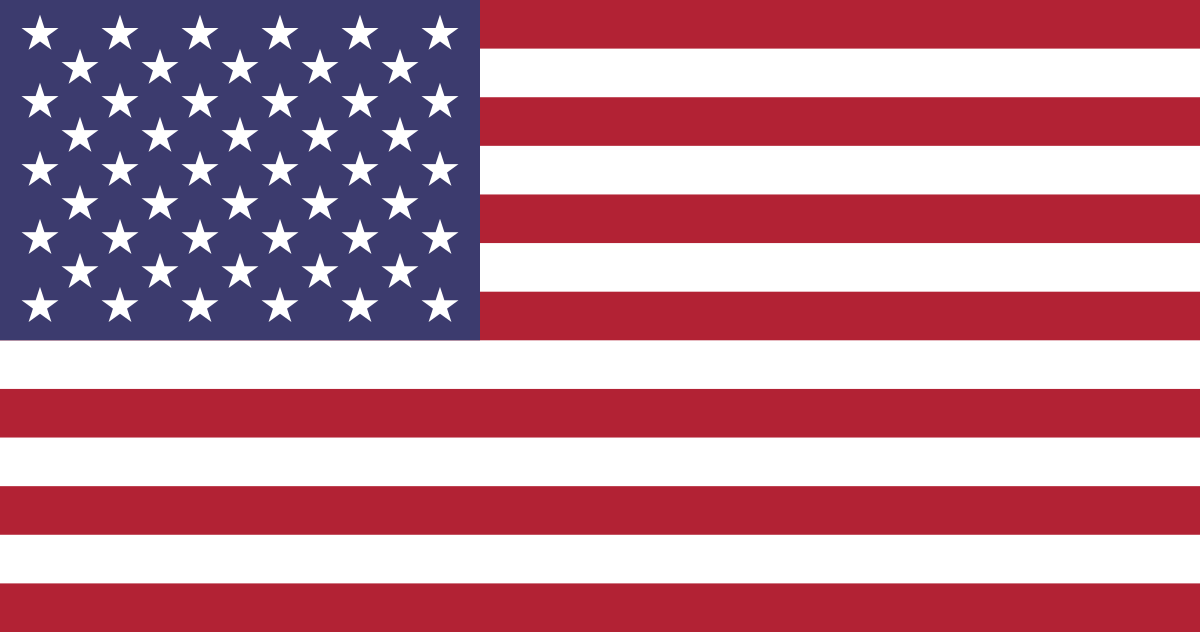Our Web Development Degree can be an essential step in launching a career as a web designer with our course allowing you to study important practical skills and learn in creative environments. You’ll also discover the best ways to showcase your work and collaborate with others. Get in contact to find out more and check out our blog on the important skills you need to develop to advance in the industry.
Starting a career in web design is not just about development; it’s a blend of honing your web design skills, alongside building a striking portfolio and networking.
Our guide distils these essentials to provide you with the steps to harness your design prowess, exhibit your work, and connect with other professionals.
Launching Your Web Design Career: First Steps

The role of a web designer is similar to that of an architect – except your designs exist online in the digital world. Your tasks are to craft aesthetically pleasing and functionally seamless websites.
However, to create websites that stand out, what steps should you take to embark on a successful career in this ground-breaking and evolving field?
The web design industry offers multiple career paths. You could be:
- A freelance web designer, moving from one exciting project to another.
- A member of a team of agency web designers, working on a diverse list of projects for different clients.
- An in-house web designer, dedicated to a single company’s website.
Regardless of the path you choose, you need to master certain core skills, nurture your creativity, and develop a deep understanding of web design theory and best practices.
Identifying Core Web Design Skills
Web design necessitates a unique combination of technical and soft skills.
Proficiency in coding languages like HTML, CSS, and JavaScript is essential for a web developer to collaborate with designers and construct the fundamental structure of websites. Equally important is a firm grasp of UX/UI design principles, which aid in crafting user-friendly and visually pleasing designs. After all, a well-structured website has little value if it lacks user-friendliness and aesthetic appeal.
In this context, web development plays a crucial role in bringing together web design and the technical expertise of a web developer.
A good web designer also needs to have an eye for detail and understand usability principles. These soft skills go alongside your technical expertise and make a big difference in how effective you are in the field. So, as you start your journey towards becoming a web designer, focusing on these core skills should be your first step.
Cultivating Creativity and Design Sensibility
While technical skills are at the foundation of web design, creativity breathes life into your designs. It’s this that will set you apart from the competition as it’s what transforms a mundane web page into an engaging digital experience. So, how do you cultivate this creativity and design sensibility?
You can start by exploring different design styles. For example, you could try:
- Using Mondrianism – a design style that uses simple geometric shapes and primary colours to create striking patterns.
- Experimenting with different shapes.
- Adding a dash of dynamism to your designs with scripts like Bubbly Backgrounds
Remember, the key to evolving your creativity is to keep exploring, experimenting, and pushing boundaries.
Grasping Web Design Theory and Best Practices
As with any craft, understanding the theory behind web design is vital.
This doesn’t mean just knowing how to code or use design software. It’s about understanding why certain design choices work and others don’t. It’s also about creating websites that are visually appealing as well as function effectively and are user-friendly.
In addition, you also need to stay on top of the latest industry trends. This includes mastering key components such as usability and search engine optimisation (SEO) to ensure your sites rank highly on search engines and are easy to navigate.
Securing a firm understanding of web design theory and best practices establishes a strong foundation for a prosperous career in web design.
Crafting a Standout Web Design Portfolio

Now that you know how to launch your career, the next step is to showcase your skills and creativity to the world.
That’s where a web design portfolio comes in. Think of it as your online resume, a platform where you can show off your work and attract potential clients or employers.
A standout web design portfolio goes beyond merely exhibiting your work. It should:
- Tell your story
- Show your identity as a designer
- Showcase your abilities
- Illuminate your methods
- Allow prospective clients a peek into your design process
- Display what makes you unique
Selecting Projects That Highlight Your Skills
During the process of building your portfolio, you might be tempted to include every project you’ve worked on. However, keep in mind that quality outweighs quantity. Your portfolio ought to feature only those projects that genuinely highlight your skills and your problem-solving prowess in design.
Effective projects that showcase web design skills could include:
- Building one-page layouts
- Creating mock landing pages
- Developing web apps from scratch
- Designing user interfaces
These projects not only demonstrate your technical skills but also provide insight into your creative process and problem-solving abilities.
Presenting Your Work Effectively
Having selected the projects to showcase, the next step involves presenting them effectively. This includes the use of high-resolution images that make your work come alive and portray your contribution.
Your portfolio should also be well-organised so consider how you want to order your projects. You might want to start with your most impressive work to immediately grab the viewer’s attention. Or you might choose to display your projects in chronological order to show your progress and growth as a designer.
Either way, make sure your portfolio is easy to navigate and communicates your skills and experiences effectively.
Personalising Your Portfolio Website
A good portfolio does more than just show off your work. It also reflects your unique personality and design style. This personal touch can help you stand out from other designers to make a memorable impression.
You can personalise your portfolio by choosing a design that reflects your style, using a colour scheme that represents your brand, or even including a personal logo. But remember, personalisation should not compromise usability. Make sure your portfolio is easy to navigate, and information is easy to find.
Networking: Connecting with Industry Professionals

While refining your skills and building your portfolio, initiating connections with other industry professionals is crucial.
Networking opens doors to job opportunities, facilitates learning from seasoned designers, and keeps you abreast of the latest trends in web design.
You can start networking by:
- Joining online communities and forums where you can engage with other web designers and share your knowledge.
- Attending web design conferences and meet-ups to expand your network and learn from industry experts.
- Building relationships through collaboration, which can be beneficial for your career in web design.
Join Online Communities and Forums
Participating in online communities and forums serves as an excellent initiation into networking with peer web designers. These platforms offer:
- Opportunities for sharing work
- Receiving feedback
- Learning new skills
- Abundance of resources and advice to enhance your work and propel your career forward.
You can join communities such as:
- Stack Overflow
These communities have dedicated groups or forums for web designers where you can participate in discussions, ask questions, and share your knowledge. Remember, networking is not just about taking; it’s also about giving. By actively contributing to the community, you can establish yourself as a knowledgeable and helpful community member, which can open up opportunities for collaborations and job offers.
Attend Web Design Conferences and Meet-ups
Attending web design conferences and meet-ups presents another excellent networking opportunity. These events enable you to glean knowledge from industry experts, forge connections with other designers, and stay updated on the latest trends in web design.
Web design conferences and meet-ups can be found in many cities around the world. You can search for events in your area on platforms like Meetup.com and Dribbble.com. Attending these events not only allows you to network with other designers but also provides you with a chance to showcase your skills and receive feedback on your work.
Building Relationships Through Collaboration
Collaboration is a powerful tool for building relationships in the web design community. By working with other designers on projects or contributing to open-source initiatives, you can learn from different perspectives, improve your skills, and build relationships that could lead to future job opportunities.
Building relationships through collaboration requires:
- Open communication
- Respect for each other’s expertise
- A shared vision for the project
- Giving and receiving constructive feedback
- Making good use of collaboration tools
- Being open to compromise
- Building positive working relationships
By following these principles, you can enhance your career and contribute to the web design community.
Enhancing Your Education Through Web Design Courses

As you build your skills and forge industry connections, it’s crucial to further your education. Web design courses such as the degree SAE offers keep you competitive and informed about the latest industry trends.
Benefits of Certification in Web Design
Earning a certification in web design can be a significant boost to your career. It validates your skills and knowledge, demonstrating to potential clients and employers that you are competent and qualified in the field. Certification can also increase your visibility in the job market, making it easier for you to find opportunities and negotiate higher rates.
Continuous Learning and Skill Advancement
In a fast-paced field like web design, continuous learning is indispensable. With emerging technologies, staying competitive necessitates staying ahead of these changes. This entails frequent skill enhancement and staying updated on the latest trends in the field.
There are many ways to keep learning and advancing your skills. You can take our course, attend web design conferences, or join online communities where you can learn from other designers. Staying informed about the latest web design trends, such as micro animations and blockchain technology, can also help you stay ahead of the curve.
Keep in mind how a successful career in web design hinges not only on mastering the basics, such as responsive design, but also on continual learning and adaptation to the ever-evolving digital landscape. If you’re determined to become a web designer, staying up-to-date with the latest trends and technologies is crucial.
Breaking Into the Freelance Web Design Market

For those seeking flexibility and a variety of projects, venturing into the freelance web design market could be an attractive option. Freelancing empowers you to select your projects and determine your own rates. However, it also poses challenges such as maintaining a consistent workflow and marketing your services to attract clients.
Breaking into the freelance market requires careful planning and preparation. You need to set up your business, market your services, and manage projects and client expectations. By taking a strategic approach, you can overcome the challenges of freelancing and build a successful freelance career in web design.
Setting Up Your Freelance Business
Establishing your freelance business goes beyond merely crafting a portfolio and marketing your services. You also need to set up a legal structure and financial systems for your business. While operating as a freelance web designer in the UK doesn’t require a business license, it’s vital to familiarise yourself with the laws and regulations affecting your business.
In addition to handling the legal aspects, you also need to set up a business bank account. This will help you separate your personal and business finances, making it easier to manage your money and keep track of your income and expenses.
Marketing Your Web Design Services
With your business set up, the subsequent step involves marketing your web design services to attract clients and bolster your industry reputation. Numerous avenues are available for promoting your services, including:
- Social media
- Content marketing
- Networking
- Word-of-mouth referrals
Social media platforms such as:
- YouTube
are all powerful tools for marketing your services. You can use these platforms to showcase your work, engage with potential clients, and build your online presence. Meanwhile, content marketing allows you to attract and engage your audience by providing valuable and relevant content. This could include blog posts, ebooks, webinars, or even a podcast focused on web design topics.
Managing Projects and Client Expectations
As a freelance web designer, proficient management of projects and client expectations is pivotal to your success. This necessitates the setting of clear goals, maintaining transparent communication, and timely delivery of top-tier work. To ensure clarity of project goals, employ a creative brief, define the website’s objectives, and establish goals with a clear call to action.
Maintaining open communication with your clients is also key. Be clear about what you expect, work together to plan the project, and keep the lines of communication open throughout the process.
Finally, to deliver high-quality work on time, plan carefully, focus on important tasks, and keep track of your progress. Remember, your reputation as a freelancer depends on the quality of your work and your ability to meet deadlines.
Embracing the In-House Web Designer Role
While freelancing presents flexibility and variety, in-house web design roles come with their own advantages. These roles provide:
- Stability through a regular income and consistent working hours
- Opportunities to collaborate with a larger team
- Opportunities to concentrate on specific brands or industries
As an in-house web designer, your responsibilities will include:
- Creating the design and layout of websites or web pages
- Meeting with clients to understand their needs
- Designing and developing elements of web design projects
- Working closely with other departments to maintain a consistent brand image and build a strong understanding of the brand for future projects.
The In-House Web Designer’s Job Description
The role of an in-house web designer includes:
- Designing websites
- Meeting with clients to understand their needs
- Drafting detailed website specifications
- Designing sample page layouts
This role requires a combination of technical and communication skills.
In addition to creating the design and layout of websites, you’ll also work with other departments to ensure a consistent brand image. This involves graphic designers:
- Creating visual style guides
- Documenting the brand’s design standards
- Ensuring that visual elements and functionality are consistent across all platforms
By working with other departments, you can ensure a cohesive look and feel for all the company’s digital assets.
Advantages of Being an In-House Web Designer
Being an in-house web designer presents numerous benefits. One of these is a stable income, which, unlike the varying income in freelancing dependent on the number of projects, provides a consistent salary.
In addition to financial stability, working in-house also provides opportunities for professional growth. You’ll have the chance to collaborate with a larger team, learn from different experts, and focus on specific brands or industries. This can improve your teamwork skills, broaden your knowledge, and enhance your career prospects.
Transitioning from Freelance to In-House Roles
Shifting from a freelance role to an in-house position represents a major transition. As an in-house designer, you’ll need to adapt to a more regimented work environment and learn to collaborate closely with a team. Adapting to the company’s design style and brand guidelines is also necessary.
However, this transition can also open up new opportunities. Working in-house can provide a more stable income, access to resources and support, and opportunities for professional growth. With the right mindset and skills, you can make the transition smoothly and take advantage of the benefits that an in-house role offers.
CONclusions
As we’ve journeyed through the world of web design, we’ve explored the skills needed, the importance of creativity and design sensibility, and the benefits of a standout portfolio. We’ve also delved into the importance of networking, continuous learning, and the differences between freelance and in-house roles. Whether you’re just starting out or looking to take your career to the next level, remember that web design is a field of endless possibilities. So, keep exploring, keep learning, and most importantly, keep designing!
STUDY web design and development at SAE
If you want to work in web design, understand the latest technology and work out how to network and enhance a portfolio, then our Web Design and Development degree could be for you.
Our facilities and expert tutors are well placed to give your career the best possible start in this fast-paced and dynamic industry.
Get in touch to find out more.


